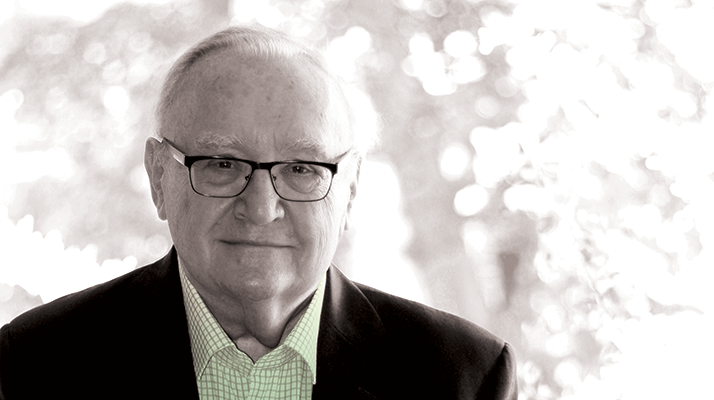
How the Barnett Institute – which turned 50 this year – came about:
“I’ve always felt that analytical chemistry should be at the center of a wheel, with the spokes being various application areas. Working alongside the NU’s College of Criminal Justice, we got funding from the Department of Justice (which stopped when Jimmy Carter became President) and the opportunity arose to form an analytical institute with a focus on forensics – one of the spokes. Later, the Barnett family offered a naming gift, and that was the beginning of the Barnett Institute – I’ve been director there for over 40 years. As a side story, Jim Waters helped me out in my early days by giving me an injector and pump. And in 1985, he endowed the James L. Waters Chair in Analytical Chemistry at NU, which I am very proud to hold. He’s 89 now, but he still comes to Institute board meetings.
“We began filling out the wheel with spokes from other areas; for example, the 80s had an environmental focus, and the Human Genome Project dominated in the 90s – we developed the linear polyacrylamide matrix that was used extensively in the sequencing. In the 2000s, I saw next-gen sequencing being introduced by dedicated and well-funded companies, and made a smart decision to refocus on chromatography and bioanalysis.”
Why so many top people gravitated towards him:
“Well, it wasn’t just me – it was also the institute. But I think my focus on not only the fundamentals but also on applications was very important. Without an application, you’ve got nothing. And there are plenty of problems left to solve, they just need to be understood. Indeed, one of the grand challenges right now is being able to analyze intact proteins. Every biopharmaceutical is a mixture – and to tackle that, we’re going to need improved mass spectrometry and improved separations. There are many opportunities, but to see them, you need to come out of your shell. Forming real collaborations is a big part of that.”
Maintaining a fresh perspective:
“Keeping an open mind helps. When I started, analytical chemistry was suffering a real loss of prestige, so being aware of opportunities was important. Today, the situation has dramatically improved. If you have something new and can solve a problem that hasn’t been solved before, people will be knocking down your door. The term “analytical chemist” is less used these days – people are described as bioengineers, clinicians and so on – and that’s a good thing because we need a collaborative approach; the problems we’re tackling now are much more complex than ever before – in part because we now have the tools to tackle them. I actually think we’ll see more and more academic–industry collaborations as the decade plays out. Industry keeps your head straight and offers a true link to what is required. Some people would suggest that such work is scientifically less creative, but that’s totally wrong. In many cases, it actually drives the fundamentals.”




